Home>Furniture & Design>Bathroom Accessories>How Do I Know If Shoes Are Non-Slip
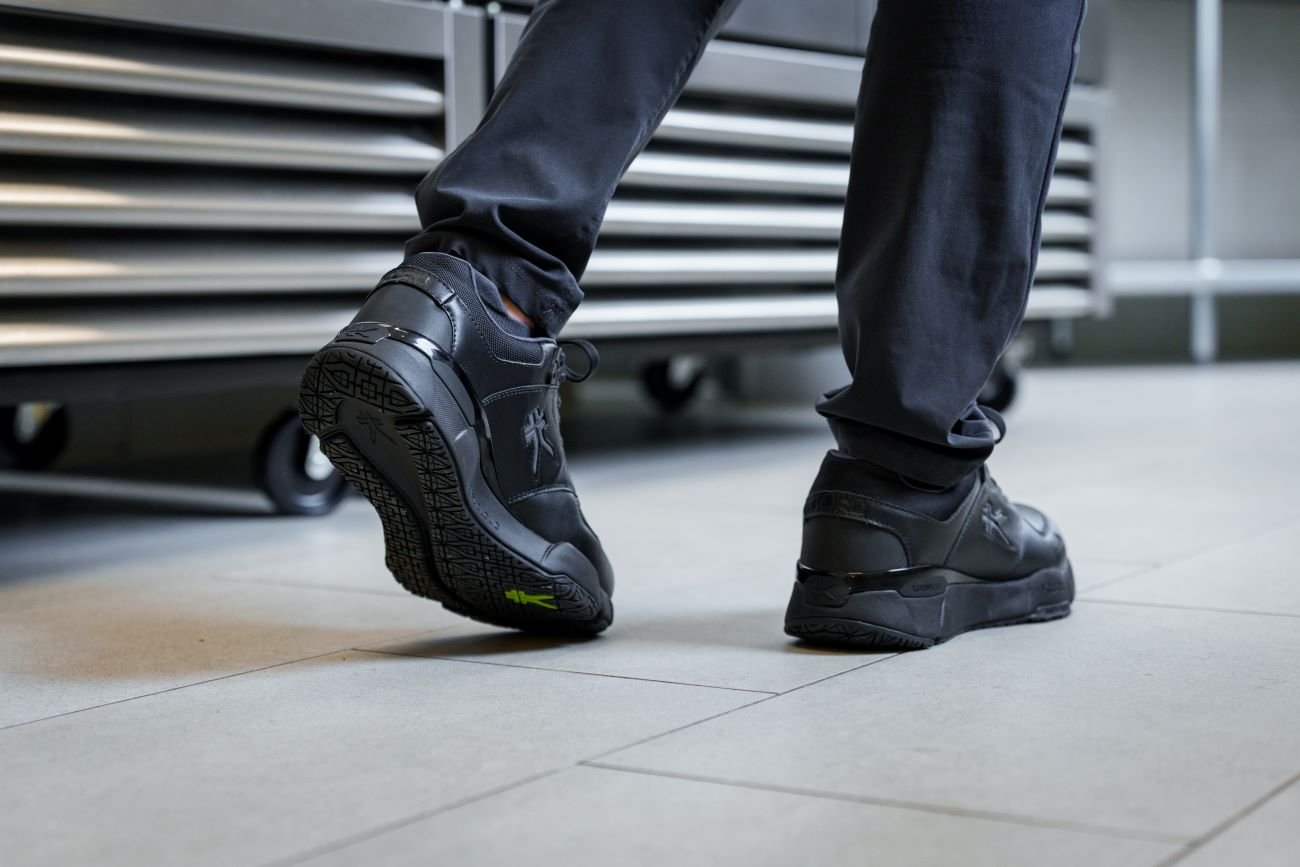

Bathroom Accessories
How Do I Know If Shoes Are Non-Slip
Published: February 10, 2024
Discover how to determine if shoes are non-slip for bathroom safety with our expert guide. Find the best non-slip options for bathroom accessories.
(Many of the links in this article redirect to a specific reviewed product. Your purchase of these products through affiliate links helps to generate commission for Storables.com, at no extra cost. Learn more)
Importance of Non-Slip Shoes
Non-slip shoes are an essential component of workplace safety, particularly in environments where floors may become slippery due to spills, moisture, or other hazards. These specialized shoes play a crucial role in preventing slips, trips, and falls, which are among the most common causes of workplace accidents. By providing reliable traction and stability, non-slip shoes help to mitigate the risk of injuries and create a safer working environment for employees.
In the food service industry, where kitchen floors can quickly become slick with grease or water, non-slip shoes are indispensable. They enable kitchen staff to move swiftly and confidently, reducing the likelihood of accidents and enhancing overall productivity. Similarly, in healthcare settings, where spills and smooth surfaces are prevalent, non-slip shoes are vital for ensuring that medical professionals can navigate the environment securely, especially during emergency situations.
Beyond the workplace, non-slip shoes are also valuable for everyday activities. Whether walking on wet sidewalks, navigating slippery floors in public spaces, or enjoying outdoor adventures, individuals can benefit from the added stability and peace of mind that non-slip shoes provide. These shoes are particularly beneficial for older adults, who may be more susceptible to falls and injuries.
In essence, non-slip shoes are not just a convenience but a necessity for maintaining safety in various settings. By reducing the risk of accidents and injuries, these shoes contribute to a more secure and confident experience for individuals in both professional and personal environments.
Key Takeaways:
- Non-slip shoes are crucial for safety in workplaces and everyday activities, providing traction on slippery surfaces to prevent accidents and injuries. They are durable, comfortable, and come in various styles to suit different preferences.
- When choosing non-slip shoes, consider the work environment, slip-resistant outsoles, material durability, comfort and support, safety standards compliance, style options, user feedback, and long-term investment. Prioritize both functionality and visual appeal for reliable slip resistance.
Read more: How To Make High Heels Non-Slip
Characteristics of Non-Slip Shoes
Non-slip shoes, also known as slip-resistant or anti-slip shoes, are specifically designed to provide superior traction and stability, particularly on slippery surfaces. These specialized footwear options boast several key characteristics that set them apart from standard shoes, making them essential for individuals working in demanding environments or seeking reliable protection against slips and falls.
Enhanced Traction
One of the defining characteristics of non-slip shoes is their exceptional traction. These shoes are equipped with advanced outsoles featuring specialized tread patterns and materials designed to maximize grip on various surfaces. The outsoles often incorporate deep grooves, channels, or lugs that effectively disperse water, oil, or other liquids, thereby minimizing the risk of slippage. This enhanced traction allows wearers to confidently navigate wet, oily, or slick surfaces without compromising their stability.
Durable and Water-Resistant Materials
Non-slip shoes are constructed using durable, water-resistant materials that contribute to their reliability in challenging conditions. The uppers are typically crafted from high-quality leather, synthetic materials, or waterproof textiles, providing protection against moisture and spills. Additionally, many non-slip shoes feature reinforced stitching and sturdy construction to withstand the rigors of demanding work environments, ensuring long-lasting performance and durability.
Supportive and Comfortable Design
In addition to their slip-resistant properties, non-slip shoes prioritize comfort and support to accommodate extended wear. These shoes often incorporate cushioned insoles, arch support, and shock-absorbing features to minimize fatigue and provide optimal comfort throughout the day. Furthermore, some models may include additional safety features such as toe protection and ankle support, enhancing overall foot security and reducing the risk of workplace injuries.
Read more: What Makes Non-Slip Shoes Non-Slip
Compliance with Safety Standards
Non-slip shoes are designed to meet or exceed industry-specific safety standards and regulations, ensuring that they provide reliable protection in hazardous environments. Whether intended for use in food service, healthcare, hospitality, or industrial settings, these shoes undergo rigorous testing to validate their slip-resistant capabilities and overall performance. By adhering to established safety guidelines, non-slip shoes offer wearers peace of mind and assurance of their protective qualities.
Stylish and Versatile Options
Contrary to the misconception that non-slip shoes compromise style for functionality, modern designs offer a blend of aesthetics and practicality. With a wide range of styles, colors, and silhouettes available, individuals can find non-slip shoes that align with their personal preferences while delivering exceptional slip resistance. From athletic-inspired sneakers to professional-looking oxfords, non-slip shoes cater to diverse tastes and work environments without sacrificing visual appeal.
In summary, the characteristics of non-slip shoes encompass advanced traction, durable construction, comfort-focused design, safety compliance, and versatile styles. These features collectively position non-slip shoes as indispensable footwear for individuals seeking reliable protection against slips and falls in various professional and everyday settings.
Testing Non-Slip Shoes
When it comes to evaluating the slip-resistant capabilities of non-slip shoes, rigorous testing procedures are essential to ensure their reliability and effectiveness in real-world scenarios. Manufacturers and regulatory bodies employ various methods to assess the slip resistance of these specialized shoes, providing consumers and industry professionals with valuable insights into their performance and safety features.
Coefficient of Friction Testing
One of the primary methods used to test non-slip shoes is the coefficient of friction (COF) testing. This assessment involves measuring the shoe's ability to generate friction against different surfaces, such as tile, vinyl, or stainless steel, under controlled conditions. By quantifying the COF, testers can determine the shoe's traction on specific surfaces and identify any potential limitations or variations in slip resistance.
Surface Contaminant Testing
To simulate real-world conditions, non-slip shoes undergo testing with various surface contaminants, including water, oil, and grease. These substances are applied to testing surfaces, and the shoes are evaluated for their ability to maintain traction in the presence of these common workplace hazards. This testing approach provides valuable insights into how non-slip shoes perform when exposed to slippery substances, offering a comprehensive assessment of their slip-resistant properties.
Wear Testing
Wear testing is another critical aspect of evaluating non-slip shoes, focusing on their long-term performance and durability. During this process, the shoes are subjected to simulated wear and tear, including repetitive walking on smooth or contaminated surfaces. By assessing how the shoes maintain their slip resistance over time, wear testing helps determine their reliability in real-world usage scenarios, contributing to a comprehensive understanding of their effectiveness in preventing slips and falls.
Industry-Specific Standards
In addition to these testing methods, non-slip shoes are often evaluated based on industry-specific standards and guidelines. Regulatory bodies and occupational safety organizations establish criteria for slip resistance in various work environments, such as food service, healthcare, and hospitality. Non-slip shoes must meet or exceed these standards to ensure their suitability for specific occupational settings, aligning with the unique challenges and safety requirements of each industry.
Continuous Improvement and Innovation
As technology and materials evolve, the testing of non-slip shoes continues to advance, driving innovation and continuous improvement in slip-resistant footwear. Manufacturers invest in research and development to enhance the slip-resistant properties of their shoes, leading to the introduction of new materials, tread designs, and manufacturing techniques. These advancements are validated through comprehensive testing protocols, ensuring that non-slip shoes remain at the forefront of safety and performance in diverse workplace environments.
In summary, the testing of non-slip shoes encompasses a multifaceted approach, including COF testing, surface contaminant evaluations, wear testing, adherence to industry-specific standards, and ongoing innovation. By undergoing rigorous testing procedures, non-slip shoes demonstrate their commitment to providing reliable slip resistance and safety, ultimately contributing to the prevention of workplace accidents and injuries.
Read more: How To Make Non-Slip Paint
Tips for Choosing Non-Slip Shoes
When selecting non-slip shoes, several key considerations can help individuals make informed decisions and find footwear that meets their specific needs. Whether for professional use in demanding work environments or for everyday activities requiring reliable traction, the following tips can guide individuals toward choosing the most suitable non-slip shoes:
-
Understand Your Work Environment: Assess the unique challenges and hazards present in your work environment. Consider factors such as slippery floors, exposure to water, oil, or other contaminants, and the need for additional safety features such as toe protection or ankle support.
-
Prioritize Slip-Resistant Outsoles: Look for non-slip shoes with advanced outsole designs specifically engineered for superior traction. Features such as deep treads, multi-directional patterns, and durable rubber compounds can significantly enhance slip resistance on various surfaces.
-
Evaluate Material Durability: Opt for non-slip shoes constructed from durable, water-resistant materials to withstand the demands of your work environment. High-quality leather, synthetic uppers, and waterproof membranes contribute to long-lasting performance and protection against moisture and spills.
-
Consider Comfort and Support: Prioritize comfort and support features such as cushioned insoles, arch support, and shock absorption. These elements can reduce fatigue during extended wear and promote overall foot health, especially in professions that involve prolonged standing or walking.
-
Check Safety Standards Compliance: Ensure that the non-slip shoes meet industry-specific safety standards and regulations. Look for certifications or labels indicating compliance with slip resistance requirements, particularly in sectors such as food service, healthcare, or hospitality.
-
Explore Style Options: While functionality is paramount, non-slip shoes are available in a variety of styles to suit different preferences and work environments. Whether seeking athletic-inspired designs, professional-looking oxfords, or casual slip-on options, prioritize both slip resistance and visual appeal.
-
Seek User Feedback and Reviews: Research user experiences and reviews to gain insights into the performance and durability of specific non-slip shoe models. Real-world feedback from professionals in similar industries can provide valuable guidance in the decision-making process.
-
Consider Long-Term Investment: View non-slip shoes as a long-term investment in safety and comfort. While initial costs may vary, prioritize quality and durability to ensure that the chosen footwear delivers reliable slip resistance and protection over an extended period.
By considering these tips, individuals can navigate the diverse range of non-slip shoes available on the market and make well-informed choices based on their specific occupational requirements, personal preferences, and the need for reliable slip resistance in their daily activities.
Frequently Asked Questions about How Do I Know If Shoes Are Non-Slip
Was this page helpful?
At Storables.com, we guarantee accurate and reliable information. Our content, validated by Expert Board Contributors, is crafted following stringent Editorial Policies. We're committed to providing you with well-researched, expert-backed insights for all your informational needs.
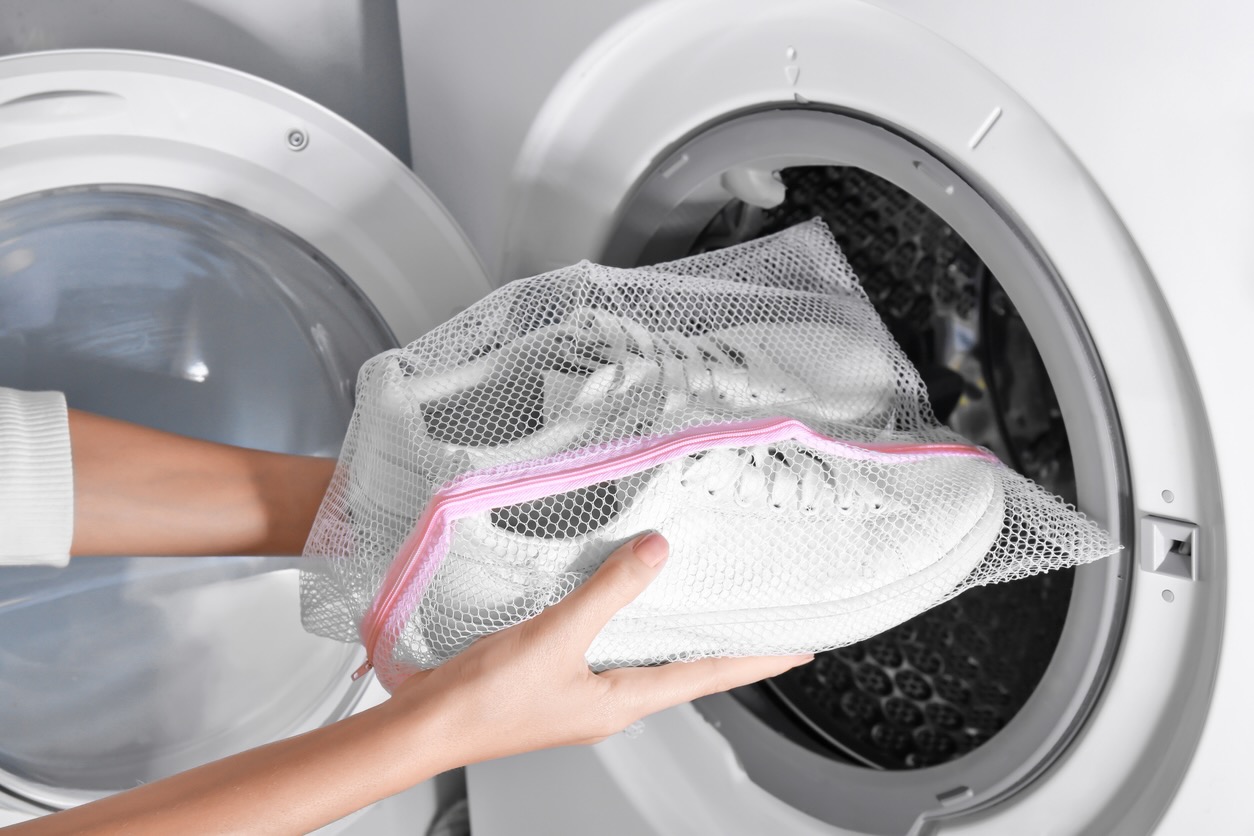
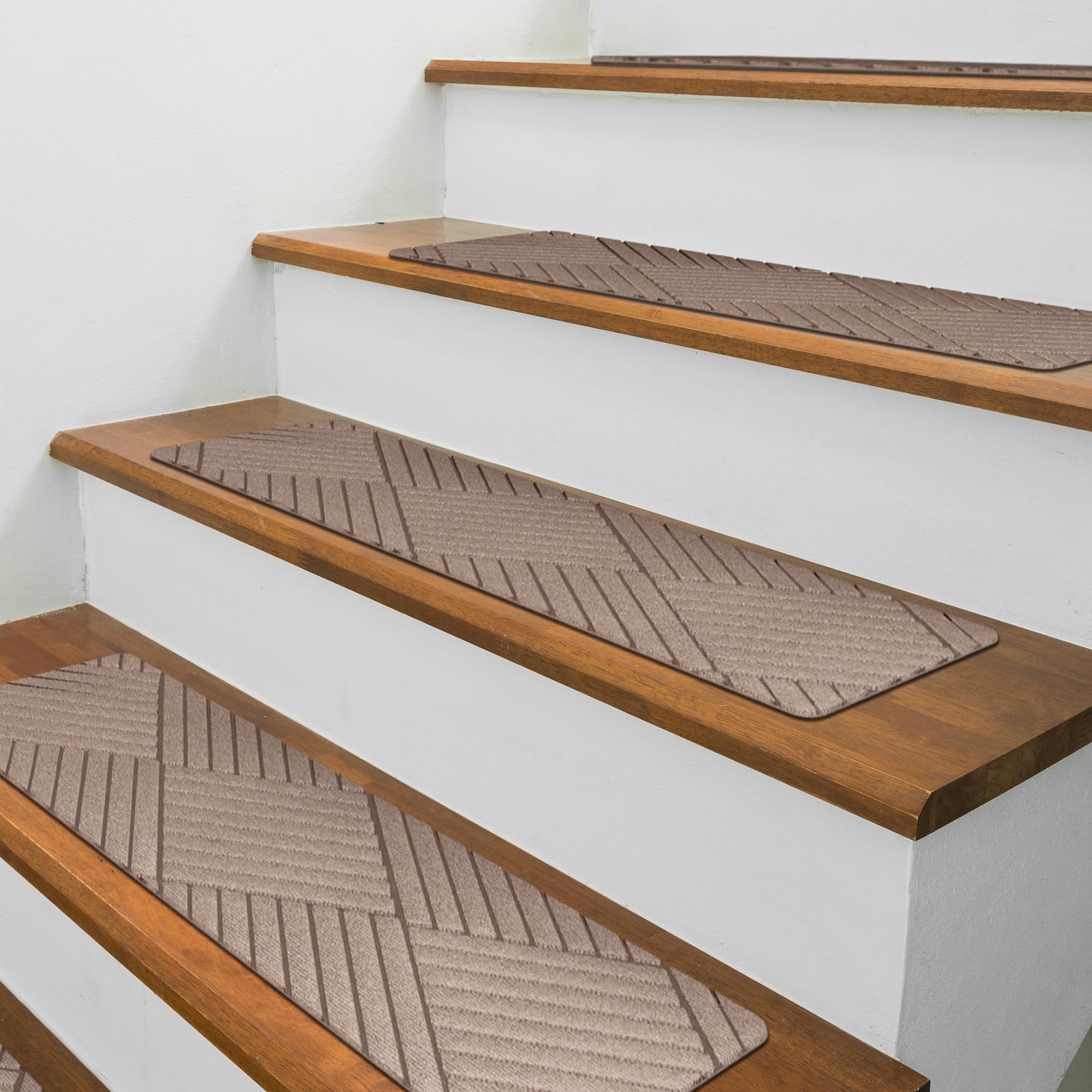
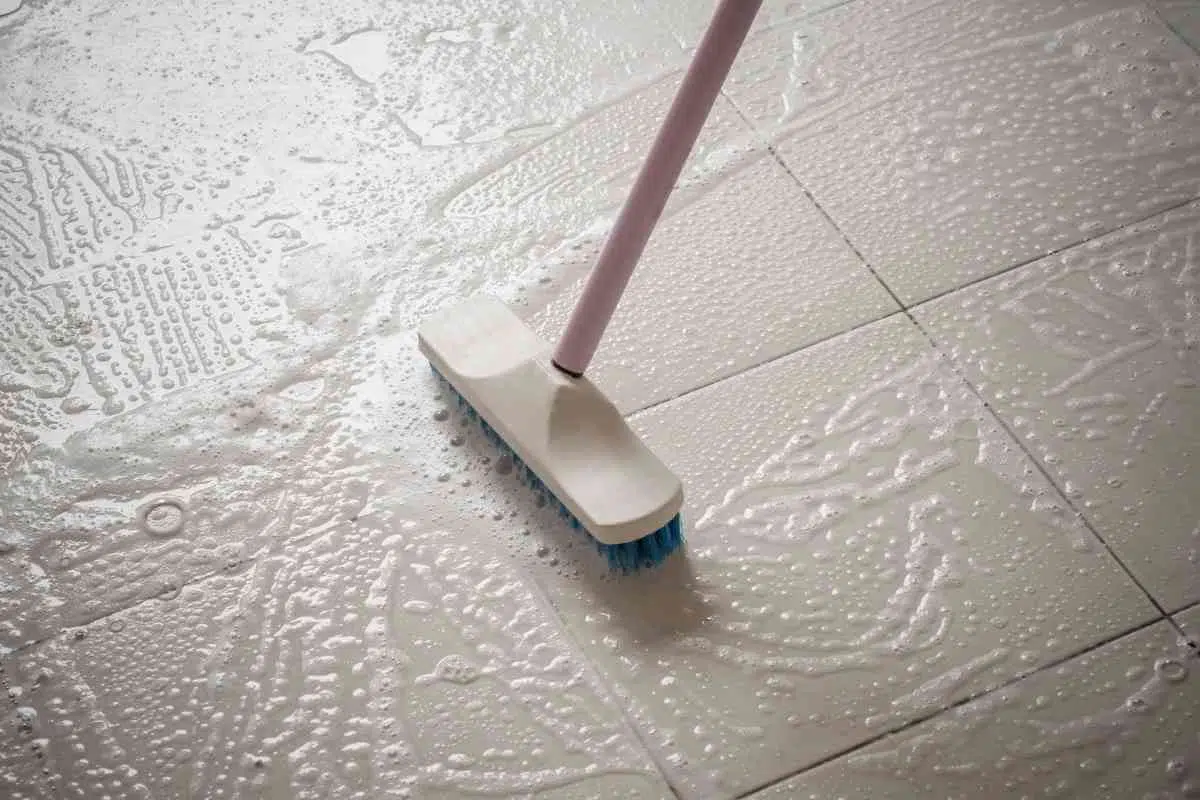
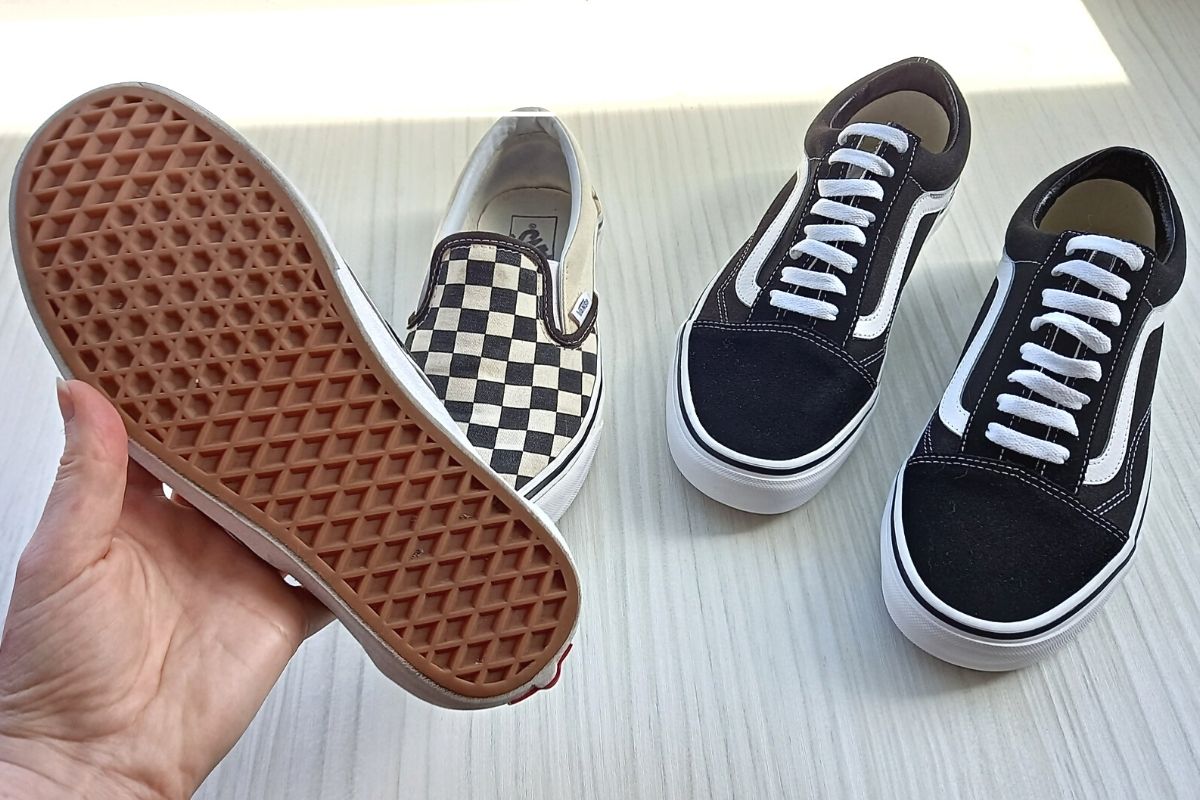
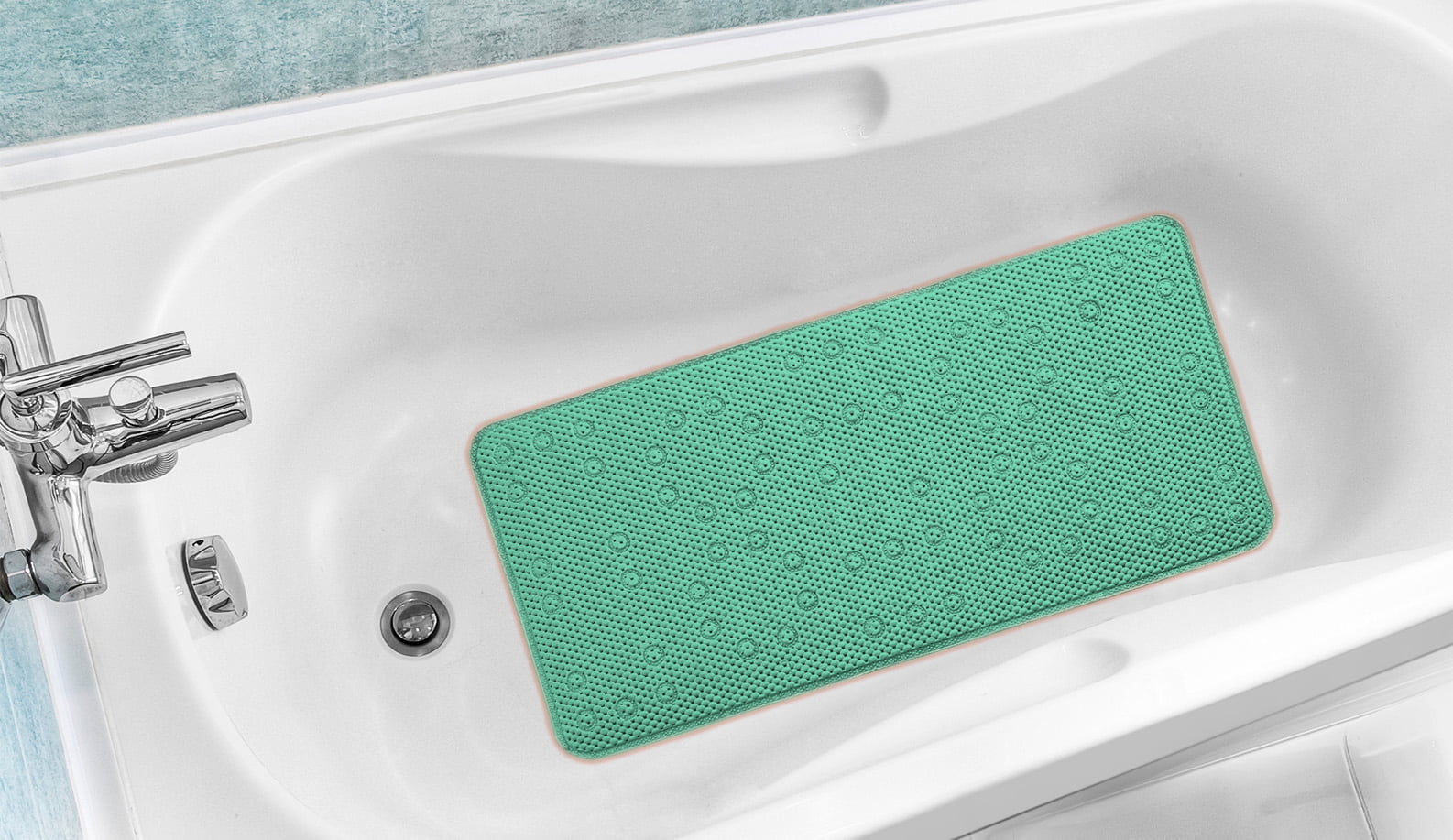
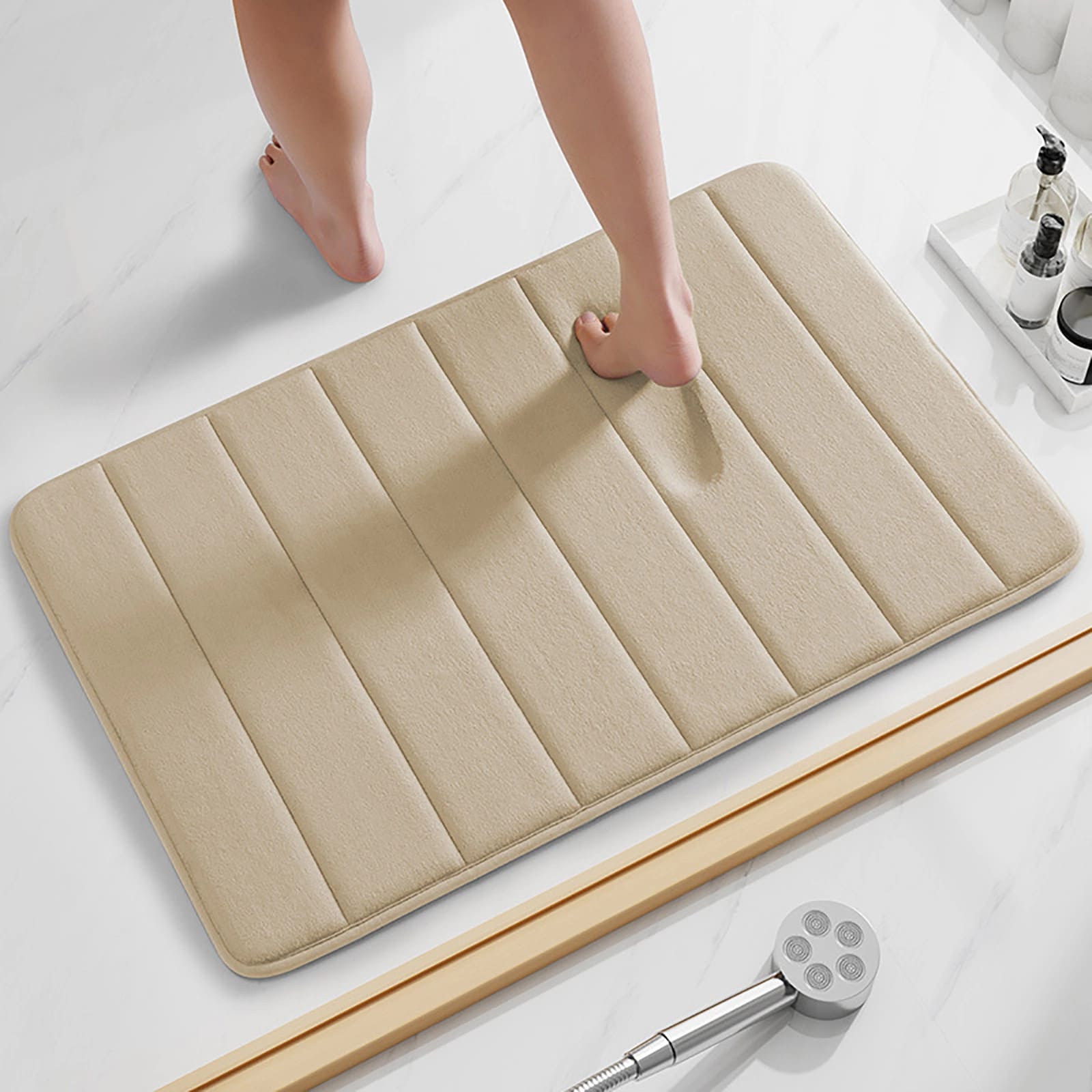
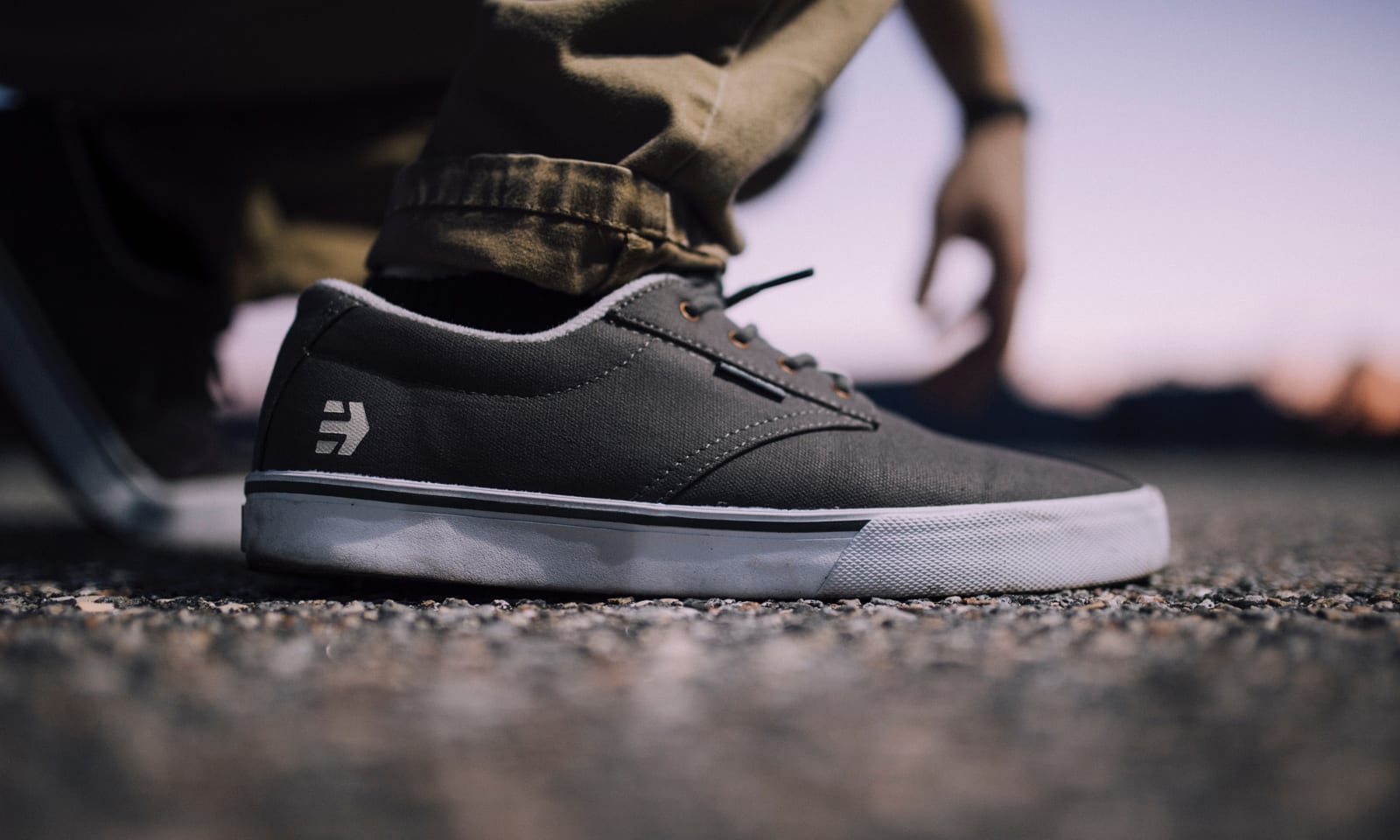
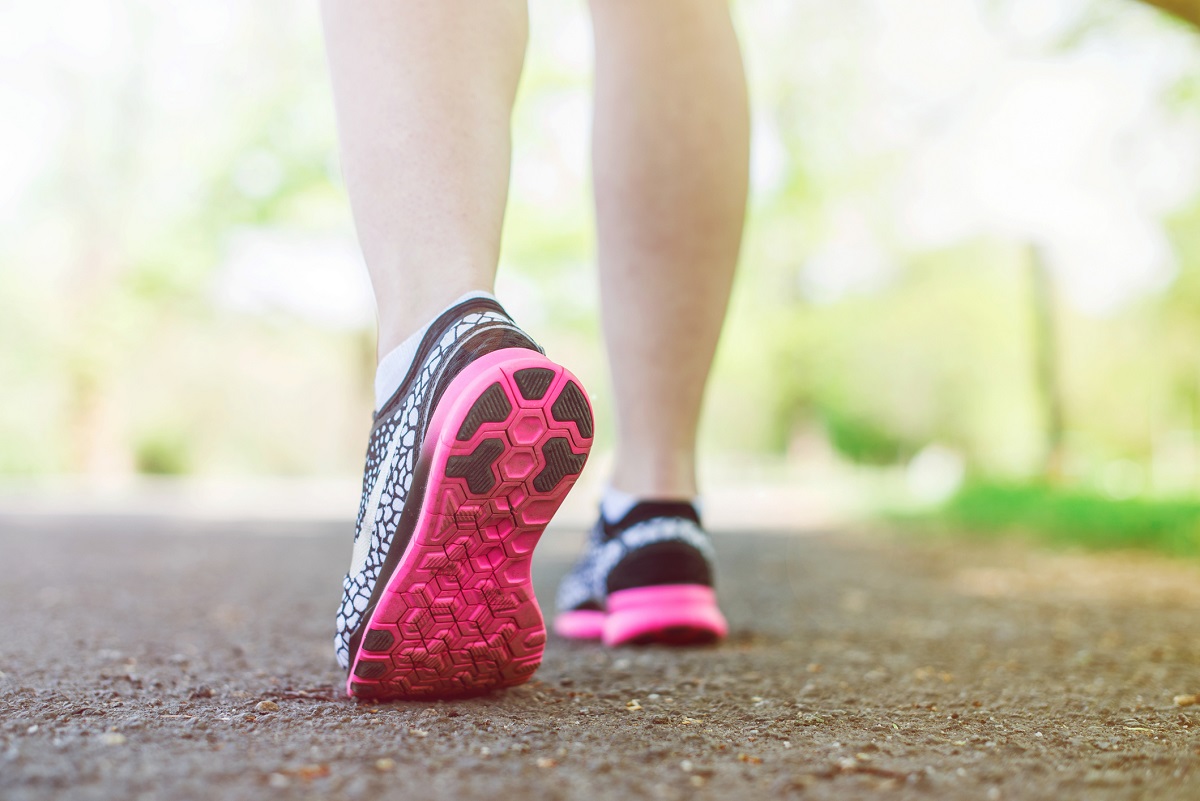
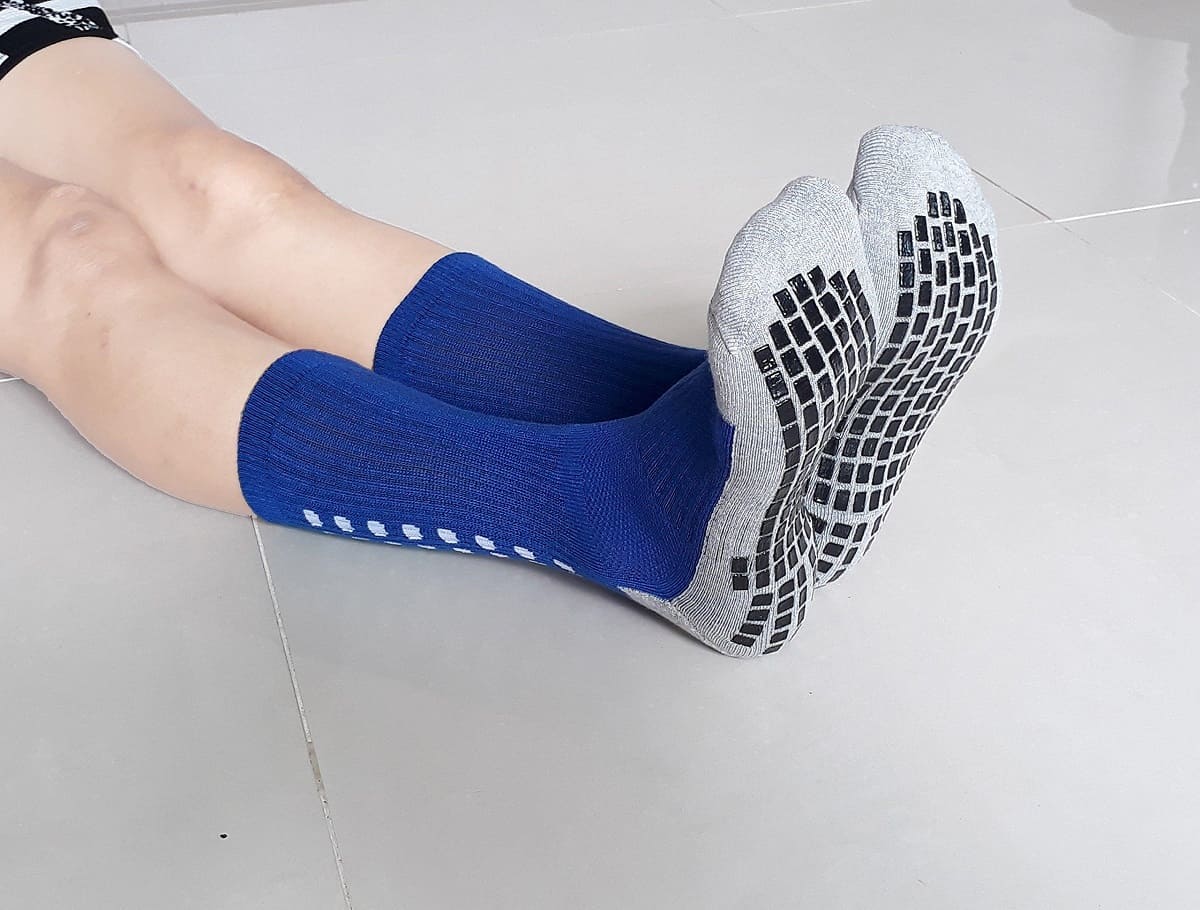
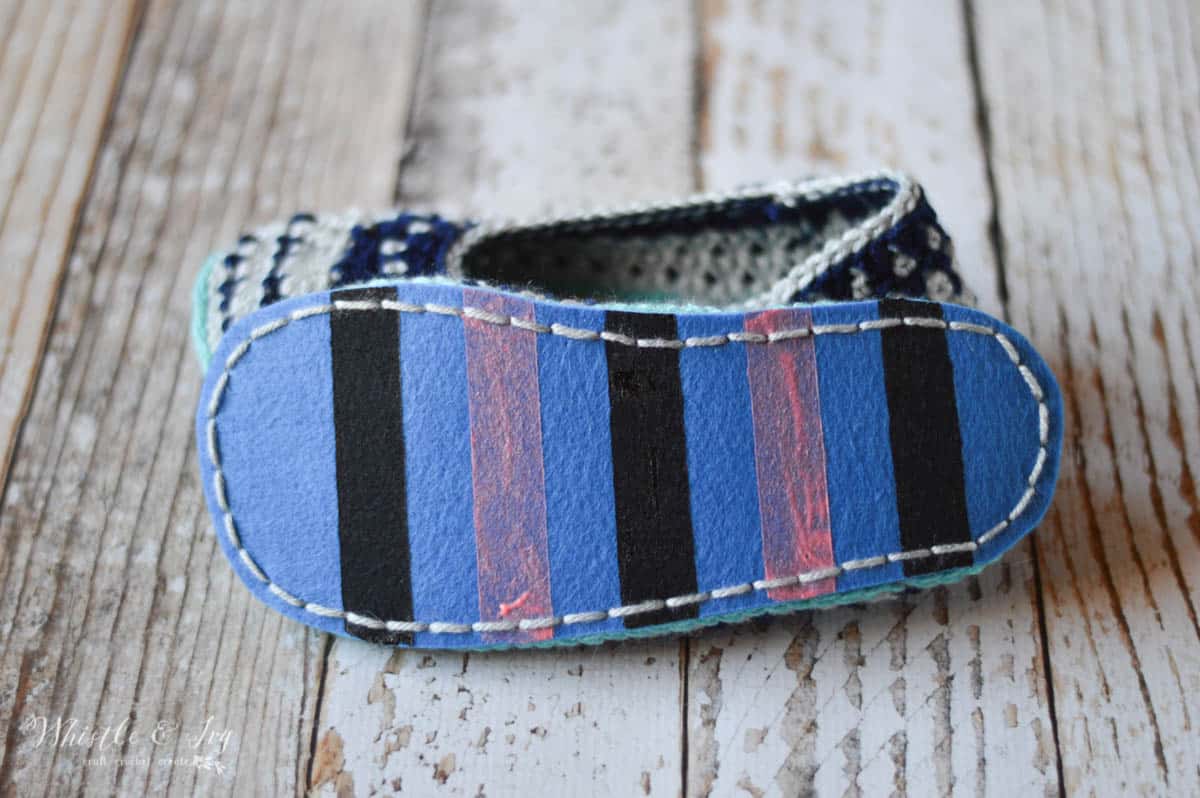
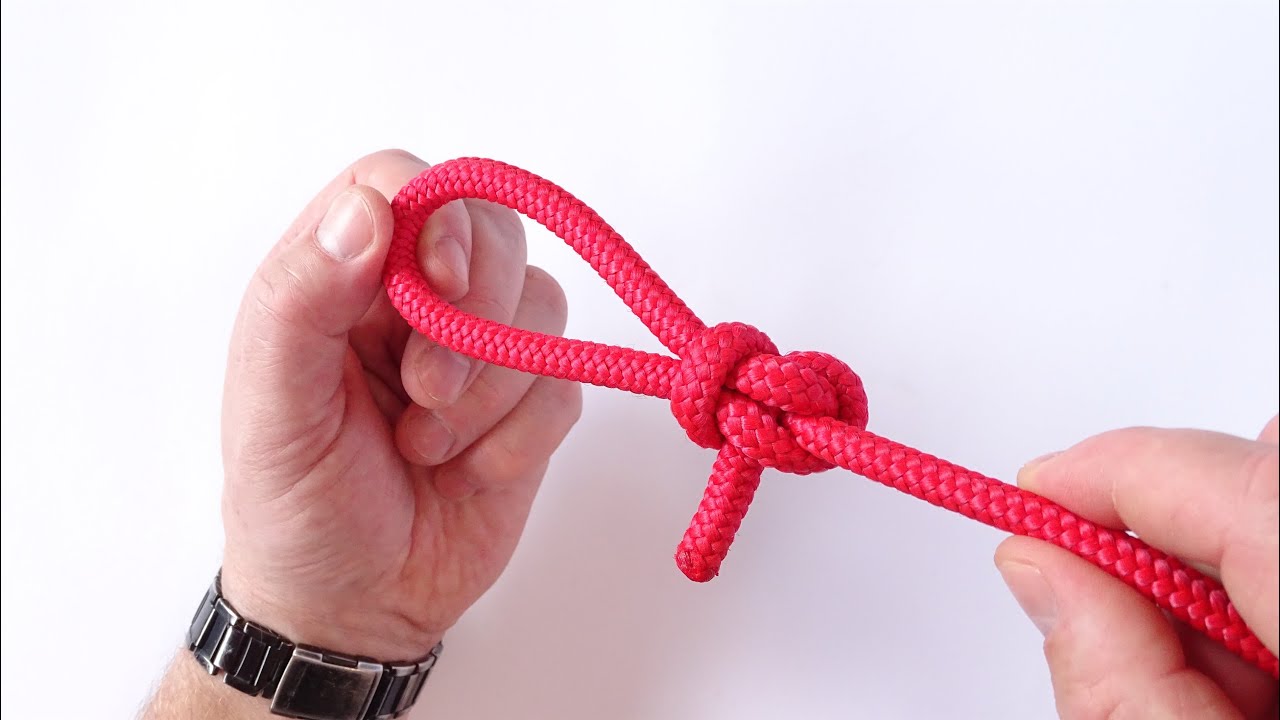
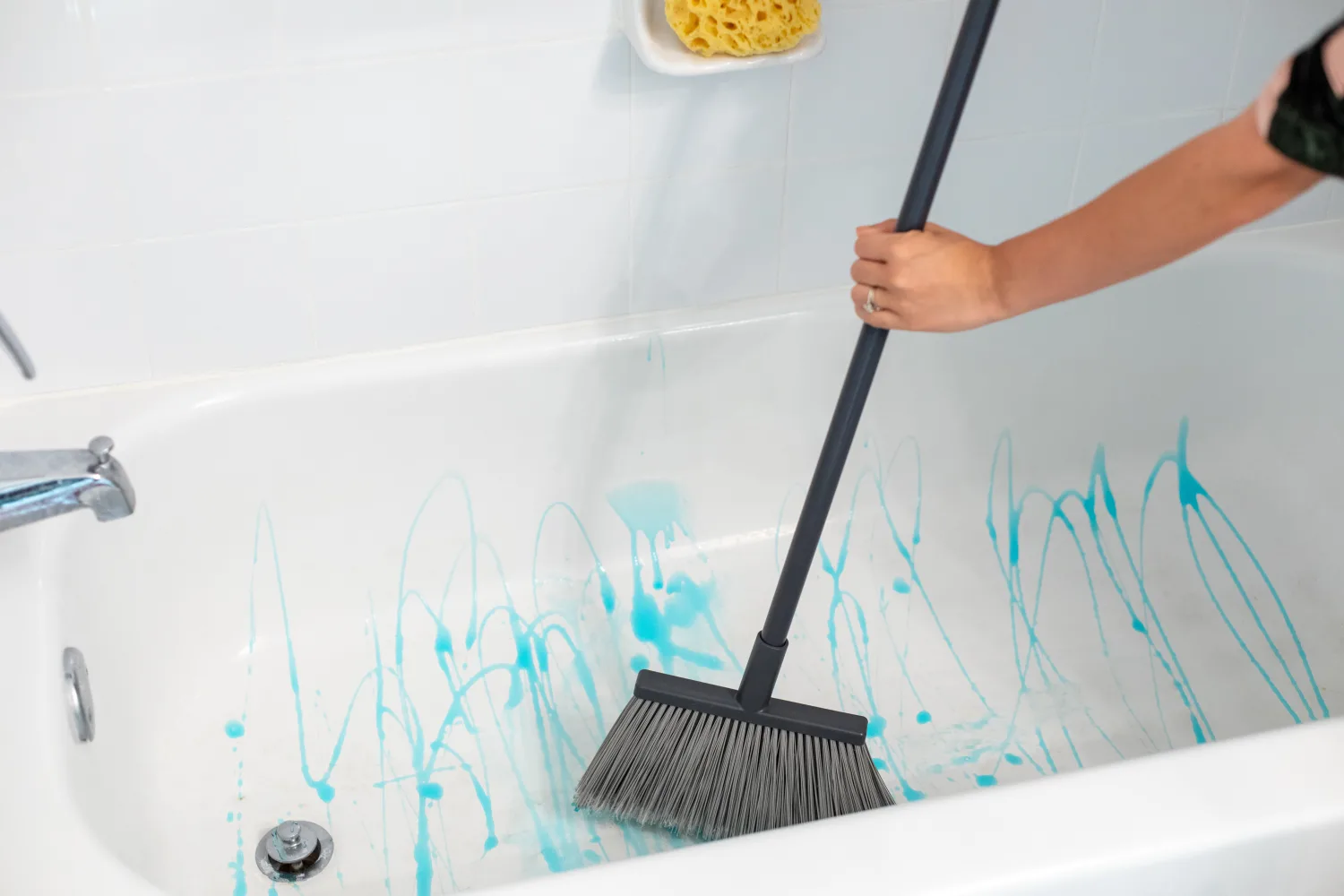

0 thoughts on “How Do I Know If Shoes Are Non-Slip”